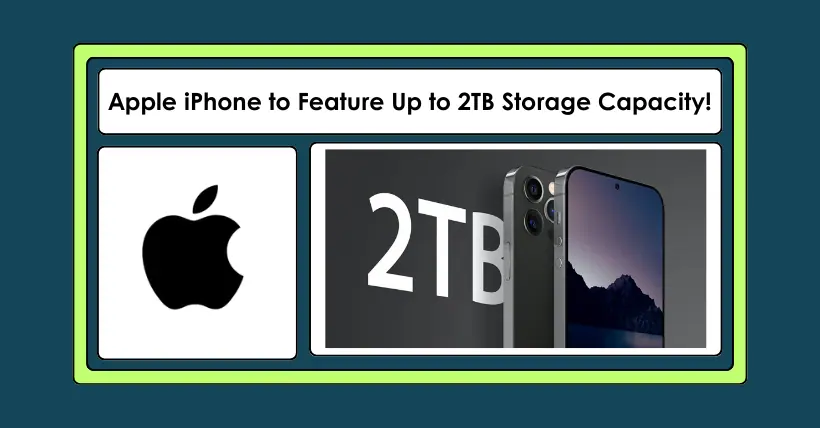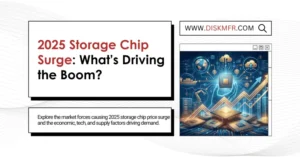So far, Apple’s highest internal storage capacity for the iPhone has been 1TB. However, with the rise of artificial intelligence, increased demand for video storage, and updates in application data, Apple is considering ways to increase storage capacity.
One research firm suggests that transitioning to QLC NAND flash memory could achieve this goal. However, this shift isn’t expected to happen quickly, with models offering up to 2TB of storage potentially arriving as late as 2026.
The iPhone 18 series could be Apple’s first models to feature up to 2TB of internal storage, though QLC NAND flash may bring some drawbacks.

This isn’t Apple’s first time reportedly considering QLC NAND flash for iPhones. Earlier reports suggested this technology might be used in the iPhone 14 series, and later in development for the upcoming iPhone 16 series. Now, media speculates these flash chips could replace current TLC NAND, allowing Apple to boost internal storage to 2TB. Unfortunately, despite being denser than TLC, QLC is slower and less durable due to storing 4 bits per cell compared to TLC’s 3 bits.
Nevertheless, with anticipated lifespan considerations, a 2TB QLC NAND could feasibly meet buyer needs before reaching the end of its lifecycle, possibly leading users to upgrade to newer iPhones.

Apple is also exploring using NAND flash instead of RAM for Large Language Models (LLMs), potentially benefiting from a transition to QLC NAND flash. Currently, Apple’s AI capabilities require a capable Neural Processing Unit (NPU) and at least 8GB of RAM to run device and cloud-based AI functions.
However, in comparison to many mid-range Android devices equipped with 24GB LPDDR5X RAM and 1TB UFS 4.0 flash storage, Apple’s conservative approach to iPhone memory remains evident in 2024, typically offering 6GB with 8GB available only in higher-end models.
Rumors suggest upcoming iPhones, possibly released in September, could feature up to 12GB of RAM, exclusively in the Pro versions. Nevertheless, compared to the mainstream 16GB RAM in Android devices, Apple’s approach may appear more restrained. As Apple pushes forward with Apple Intelligence, the demand for memory will likely grow, potentially prompting more frequent upgrades for those interested in this functionality.

Disclaimer:
- This channel does not make any representations or warranties regarding the availability, accuracy, timeliness, effectiveness, or completeness of any information posted. It hereby disclaims any liability or consequences arising from the use of the information.
- This channel is non-commercial and non-profit. The re-posted content does not signify endorsement of its views or responsibility for its authenticity. It does not intend to constitute any other guidance. This channel is not liable for any inaccuracies or errors in the re-posted or published information, directly or indirectly.
- Some data, materials, text, images, etc., used in this channel are sourced from the internet, and all reposts are duly credited to their sources. If you discover any work that infringes on your intellectual property rights or personal legal interests, please contact us, and we will promptly modify or remove it.








